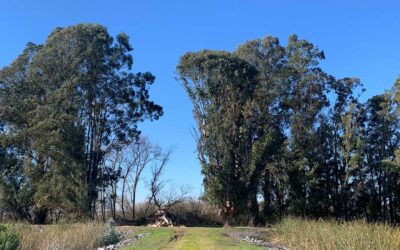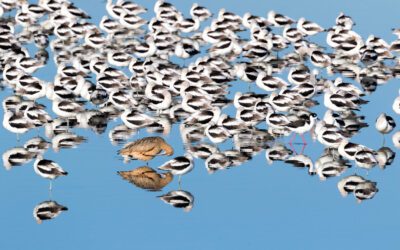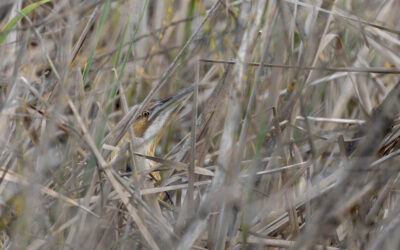From Peter Colasanti:
To anyone who has lived through a real winter, March in the Petaluma Wetlands feels the most like the essence of springtime. It must be that way to the birds too. Indications are that the change in the duration of daylight is the strongest cue to the timing of migration, and that peaks on the spring and autumnal equinox. March 20 at 9:15 AM spring officially arrives.
Watch the waterfowl, most of them have been in mated pairs for some time but you’re still liable to observe pair bonding behavior. For them March is more about departures than arrivals, but birds are passing through and who knows what could appear? Historically March has been best for Tufted Duck in Sonoma and we once had a Long-tailed Duck show up in Shollenberger Park then. Blue-winged Teal have recently become likelier as birds of passage than winter residents. Keep listening for rails, Sora especially becomes more vocal now. American Bitterns get hungry before the Red-wings hatch nestlings and are less wary and sometimes seen hunting in the open.
It’s still early for many shorebirds, but gulls are still around. In recent weeks both the Tamyr’s/Lesser Black-backed and Glaucous Gulls have been seen at Shollenberger. Bonaparte’s Gulls are still in the oxidation ponds and may be seen around the sewer plant.
It helps to pay attention to weather and wind direction in spring. The passage of even weak fronts will shift the usual northwest winds around to the south. Rather than buck the headwind birds will use such air movement to their advantage. Swallows are such aerialists that they hardly seem to care and March sees their greatest diversity in our area. Tree Swallows have been fighting for nest boxes since Valentine’s Day, Northern Rough-wings typically show up by St. Patrick’s, Cliffs return from Argentina on the equinox or sooner and Barns slightly later. Even Violet-greens are in evidence now, their nest sites are in oak woodlands in the surrounding hills and they stay close to home while breeding. To avoid the coastal headwinds the bulk of neotropical migrants commute through the desert and east of the Sierra Nevada in spring. That’s part of why September is better for migrants, but you can’t beat the spring for beauty.





0 Comments